Myths about teaching can hold you back
- Year 2
- Year 2
Explain that objects can be grouped equally
I can groups objects equally.
These resources were made for remote use during the pandemic, not classroom teaching.
Switch to our new teaching resources now - designed by teachers and leading subject experts, and tested in classrooms.
Lesson details
Key learning points
- Objects can be divided into groups with the same number in each group. This shows ___ groups with ___ in each group.
- The stem sentence ___ is equal to ___ groups of ___ can be used to describe this.
- Equal grouping can be recorded with a multiplication equation.
Keywords
Equal - Equal means to have exactly the same amount or value.
Group - A group is a collection of objects or images.
Common misconception
Pupils may misinterpret the 'number of groups' and 'the size of each group' when reading multiplication equations.
Emphasise the order of multiplication equations, referring to these as '___ groups of ___: there are ___ groups with ___ in each group'. Reinforce this with visual representations such as counters and bar models.
To help you plan your year 2 maths lesson on: Explain that objects can be grouped equally, download all teaching resources for free and adapt to suit your pupils' needs...
To help you plan your year 2 maths lesson on: Explain that objects can be grouped equally, download all teaching resources for free and adapt to suit your pupils' needs.
The starter quiz will activate and check your pupils' prior knowledge, with versions available both with and without answers in PDF format.
We use learning cycles to break down learning into key concepts or ideas linked to the learning outcome. Each learning cycle features explanations with checks for understanding and practice tasks with feedback. All of this is found in our slide decks, ready for you to download and edit. The practice tasks are also available as printable worksheets and some lessons have additional materials with extra material you might need for teaching the lesson.
The assessment exit quiz will test your pupils' understanding of the key learning points.
Our video is a tool for planning, showing how other teachers might teach the lesson, offering helpful tips, modelled explanations and inspiration for your own delivery in the classroom. Plus, you can set it as homework or revision for pupils and keep their learning on track by sharing an online pupil version of this lesson.
Explore more key stage 1 maths lessons from the Introduction to division structures unit, dive into the full primary maths curriculum, or learn more about lesson planning.

Licence
Prior knowledge starter quiz
6 Questions
Q1.Which numbers are a multiple of 2?
Q2.Which numbers are a multiple of 5?
Q3.There are 3 pairs of shoes. How many shoes are there altogether? shoes

Q4.There are 3 hands. How many fingers are there altogether? fingers
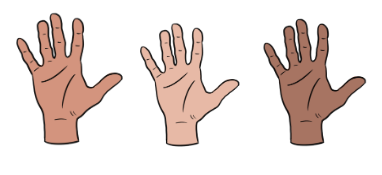
Q5.There are 6 pairs of socks. How many socks are there altogether? socks
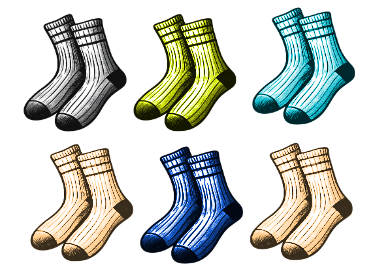
Q6.Jun has three 10 p coins. How much money does Jun have in total? p
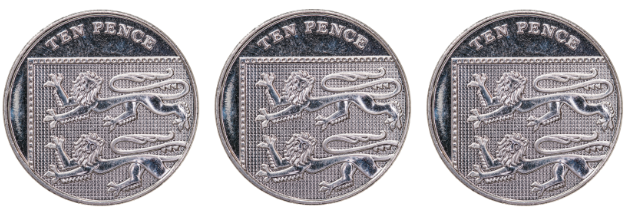
Assessment exit quiz
6 Questions
Q1.Look at the counters. How many counters are there in each group?
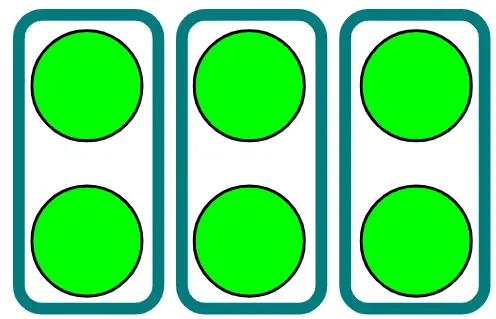
Q2.Look at the bar model. How many groups of 4 does it represent?
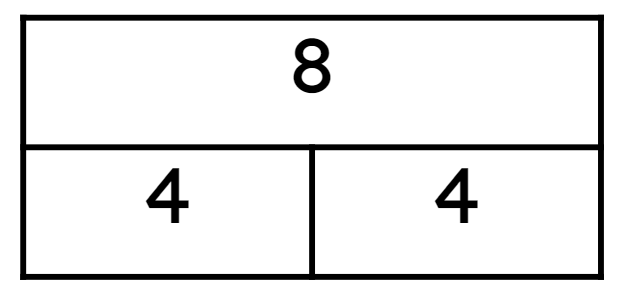
Q3.Look at the equation. Match each number with what it tells us.
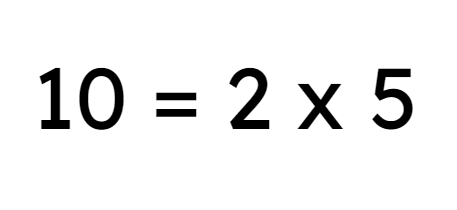
whole
number of groups
size of each group


